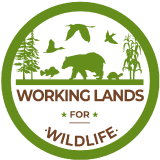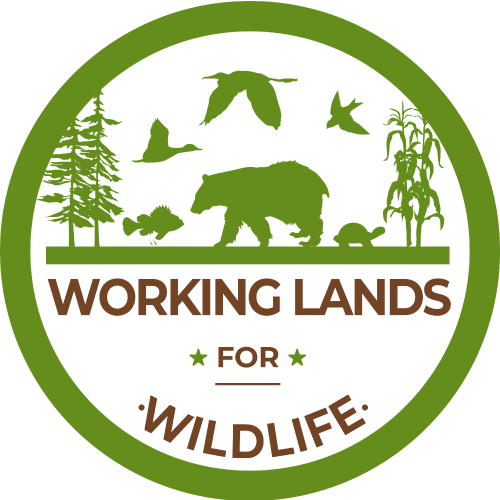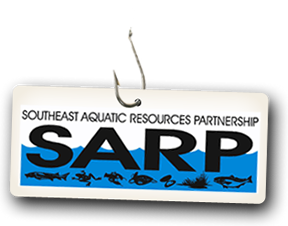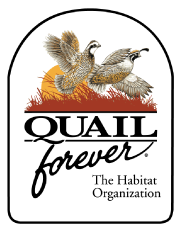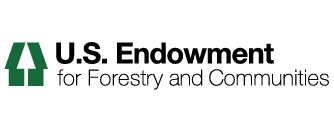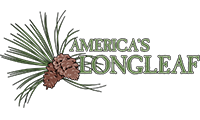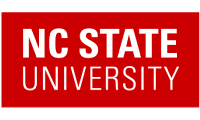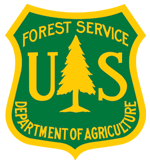General Resources and Publications
In the working lands library, you will find project reports, presentations, peer-reviewed studies, and more.
Breakfast with Biologists July 24, 2025
Featured speakers from Ducks Unlimited, New Jersey Audubon, Quail & Pheasants Forever, Xerces Society, and the U.S. Fish & Wildlife Service will discuss NRCS programs and funding opportunities for upland and wetland habitat restoration, enhancement, and creation projects
Statement of Work: Evaluating Efficacy of Agricultural BMPs in the Upper Clinch, Powell, and Holston River Drainages
STATEMENT OF WORK FOR COOPERATIVE AGREEMENT 68-3A75-18- VIRGINIA POLYTECHNIC INSTITUTE AND STATE UNIVERSITY
Written Dissertation: Using an interdisciplinary approach to improve efficacy of agricultural conservation practices for protecting stream health
Dissertation submitted to the faculty of the Virginia Polytechnic Institute and State University in partial fulfillment of the requirements for the degree of Doctor of Philosophy In Fisheries and Wildlife Sciences, 2024
Maximizing the Water Quality Benefits of Wetlands in Croplands
Conservation Effects Assessment Project (CEAP) Conservation Insight
Storage and Release of Water in Coastal Plain Wetlandscapes
Conservation Effects Assessment Project (CEAP) Conservation Insight
Monarchs in the Southeast
A guide on the life history, common threats, and conservation measures you can implement to support Monarchs!
Aquatic Connectivity Framework (ACF) Fact Sheet
The Aquatic Connectivity Framework (ACF) is a WLFW partnership effort that brings together public and private partners to tackle critical threats to watersheds across 16 states in the eastern and central U.S.
Bog Turtle Wildlife Habitat Evaluation Guide (WHEG)
WLFW uses WHEGs to evaluation before and after conditions anticipated from a contract.
People For Pollinators Social Media Toolkit
It is time to protect our pollinators! This toolkit will give you the tools you need to create an eye-catching campaign on social media quickly and easily.
Virginia 587: Structure for Water Control
This standard allows for the installation of a water control structure to provide the manipulation of water levels. The ability to control water levels in a shallow water waterfowl impoundment can allow for proper moist soil management techniques.
Virginia 645: Upland Wildlife Habitat Management
This practice consists of the management of food, cover, and shelter for wildlife which can be utilized for waterfowl nesting habitat.
Virginia 646: Shallow Water Development and Management
This practice is supplemented in the creation of a shallow water area for waterfowl management.
Virginia 657: Wetland Restoration
This standard consists of returning a wetland and its functions to a close representation of its original condition prior to being disturbed. It applies for areas with hydric soils that have been converted to non-wetland by filling, draining, or other hydrology changes.
Virginia 658: Wetland Creation
This practice is utilized when building a wetland in an area that was not historically a wetland. If a site has non-hydric soils, this practice is used in the creation of wetland features including shallow water wetlands for waterfowl.
